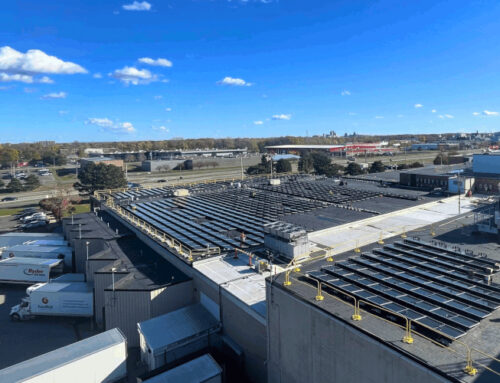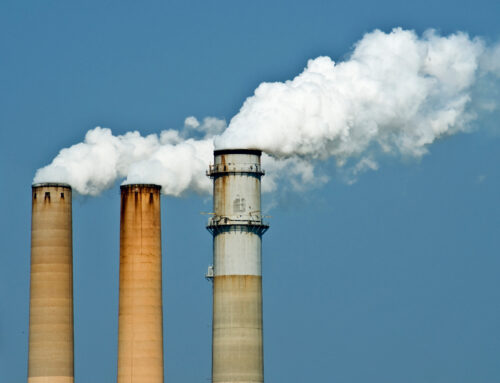Red Eléctrica’s opportunity to close Spain’s grid investment gap
November 17, 2025
Spain has set a clear goal of generating 81% of its electricity from renewable sources by 2030. This requires a robust, modernised and future-proof transmission network. Enhancing interconnection capacities will also be essential as Spain contributes to EU energy affordability and security. At the centre of this transformation is Red Eléctrica de España (REE), Spain’s electricity transmission system operator. REE is a subsidiary of Redeia Corporación S.A., a listed company in which the Spanish government has a 20% stake. Spain offers a critical case study of how a transmission system operator should align business strategy, asset split, investment planning and financial management with broader climate and energy goals.
REE’s transmission assets are strategically distributed to manage Spain’s diverse generation and consumption patterns. However, grid congestion remains a key barrier to the rapid deployment of renewable energy, as generation growth often outpaces the availability of transmission capacity in many regions. This underscores the urgency for REE to accelerate investments in grid strengthening and to lead on enabling green hydrogen development and digitalisation.
Redeia has taken a positive step by sharpening its strategic focus on grid infrastructure, notably through the sale of its satellite business for €725 million. Still, REE’s investment will need to rise significantly during the upcoming 2026-2030 strategic plan to meet future system needs and address any shortfalls from the current 2021-2026 national planning period. In the next planning period, Spain has proposed to increase grid investment to €13.6 billion between 2025 and 2030.
Redeia has a diversified funding base and receives support from public sources, which is essential for its accelerating investment programme. The Spanish National Commission for Markets and Competition’s regulatory framework has underpinned REE’s earnings visibility, but upfront capital expenditure will continue to drive negative free cash flow and rising debt. To ensure continued access to funding, it is vital for the company to maintain sound environmental, social and governance practices, and commit to its investment-grade credit ratings. While the National Commission for Markets and Competition’s proposed remuneration rate increase to 6.58% from 5.58% is lower than industry demands, relatively modest country costs of borrowing could offer some buffer for Redeia. Over the long term, REE’s earnings are likely to grow through expansion of its regulated asset base and disciplined financial and cost management, which could support gradual deleveraging.
To further strengthen its access to funding, Redeia should improve transparency and accountability in its sustainable finance programme. For example, adopting the European Green Bond Standard, as peers in Italy, Germany, and Belgium have done, would boost credibility. Redeia could also consider integrating sustainability-linked features into its green financing instruments. Embedding performance-linked metrics — such as kilometres of power lines upgraded, renewable integration levels or system resilience improvements — into its debt structure would align financing closely with Spain’s National Integrated Energy and Climate Plan. Such instruments could also help investors manage risks of underinvestment, delays or underperformance, while potentially lowering Redeia’s cost of borrowing.
Related Post




